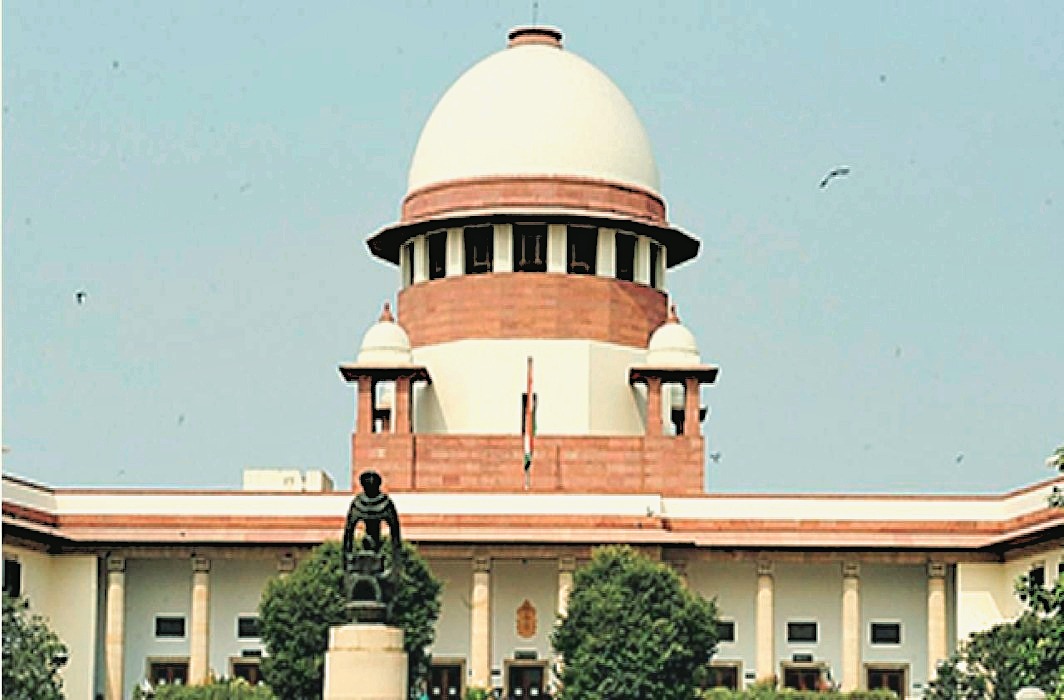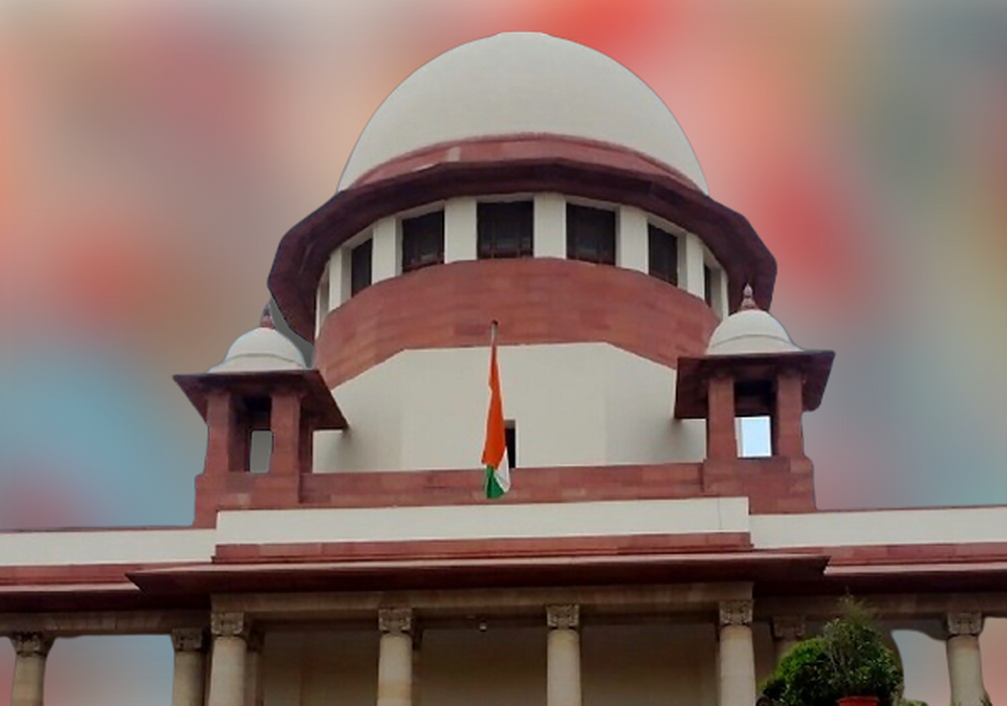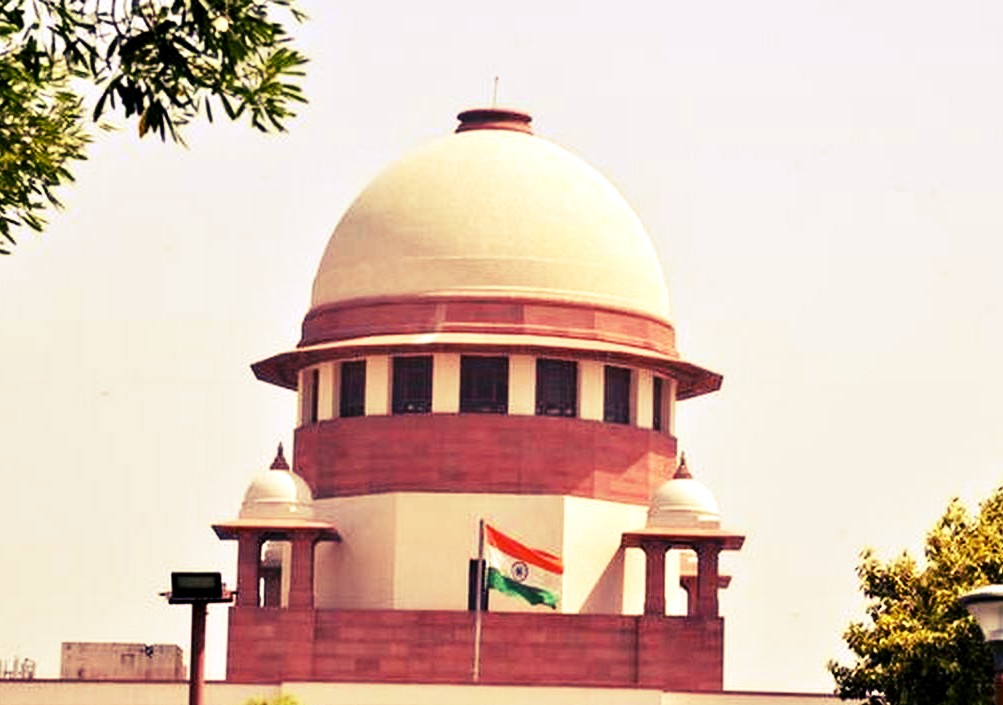Top Court comes to aid of Project Proponents; however, says that if they wish to construct remaining buildings, they must secure fresh clearance from competent authority

Read Judgment: M/s. Sai Baba Sales Pvt. Ltd. vs. Union of India & Others
Pankaj Bajpai
New Delhi, December 8, 2021: The Supreme Court has recently held that a Project Proponent is not expected to anticipate the changes in Environmental Clearance (EC) regimes, especially as a result of judicial interventions, and keep revisiting the sanctioned clearances by the competent authority or even raze down validly constructed structures.
A Division Bench of Justice R. Subhash Reddy and Justice Hrishikesh Roy therefore observed that when the Project Proponent-Appellant has acted on the EC and made substantial investments, then they cannot be pushed to a precipice and be made to fall.
Doing so would be inequitable particularly when, the appellant has scrupulously adhered to the applicable legal framework during the concerned period, added the Bench.
The observation came pursuant to appeals filed u/s 22 of National Green Tribunal Act, 2010 (NGT Act) challenging the judgment, whereby the NGT held that further construction cannot be made without environment impact assessment, but protected the constructions already made by M/s Sai Baba Sales Pvt. Ltd. (Appellant-Project Proponent) on the basis of the Environmental Clearance (EC) issued by the Pimpri Chinchwad Municipal Corporation (PCMC) as per the Ministry of Environment, Forest and Climate Change (MoEFCC) Notification dated December 9, 2016.
The Original Applicant, on the other hand, is aggrieved by the decision of the NGT to protect the standing construction and limiting the impact of the judgment on further construction to be made by the project proponent.
After considering the arguments, the Apex Court said that the NGT rightly protected the already erected buildings and this protection should not be impacted by the earlier judgment of the NGT on Dec 08, 2017 in the OA No. 677/2016 whereby certain portions of the MoEFCC’s Dec 09, 2016 notification were invalidated and direction was issued to the Ministry to revisit the said notification.
Importantly, neither the NGT’s invalidation order nor the subsequent clarifications by the State of Maharashtra, have suggested any adverse action against the pre-existing structures, added the Division Bench.
Speaking for the Bench, Justice Hrishikesh Roy observed that as the expert body exclusively occupying the environmental field, the NGT has assessed the factual circumstances to consciously lean towards protecting the already constructed structures.
Therefore, the Top Court concluded that the four constructed buildings are resultantly to be treated to be under a valid EC with all legal consequences.
However, Justice Roy made it clear that if any further construction is proposed by the appellant with the sanctioned layout, the same should not be done on the strength of the EC granted on November 28, 2017 by the PCMC.
Thus, if the Project Proponent wishes to construct the remaining buildings, they must secure fresh clearance from the competent authority, as per the currently applicable framework, added the Bench.
Sign up for our weekly newsletter to stay up to date on our product, events featured blog, special offer and all of the exciting things that take place here at Legitquest.




Add a Comment